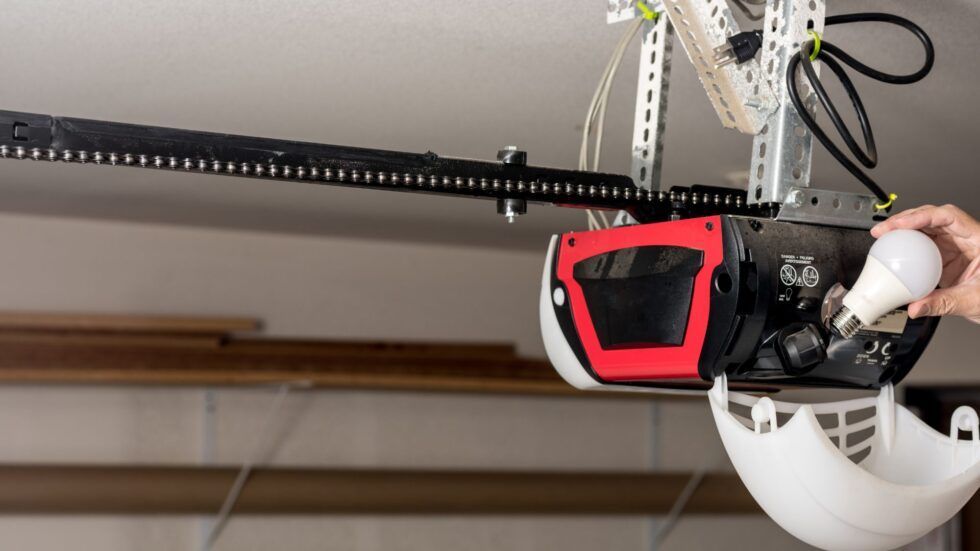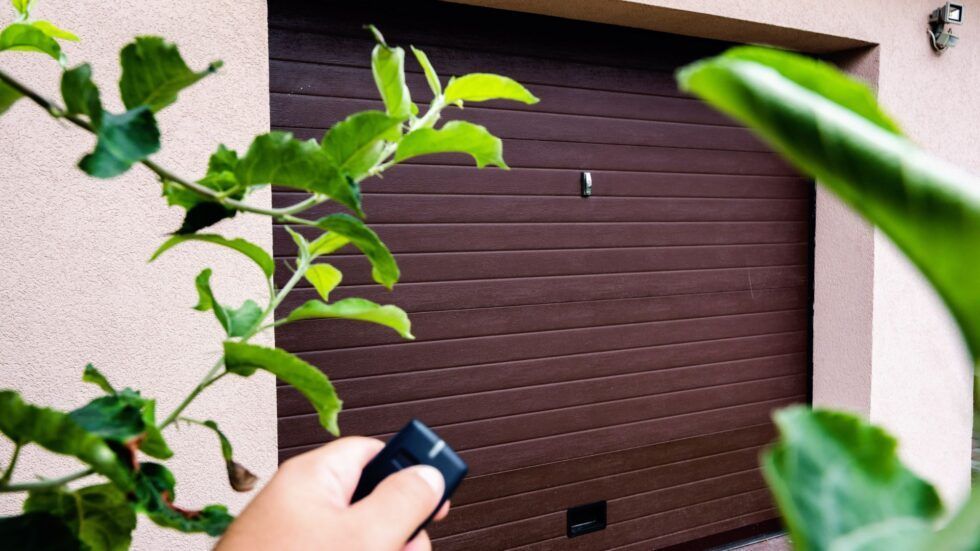How To Maintain Your Garage Door
How to Maintain Your Garage Door: A Simple Guide
A well-maintained garage door not only adds to the aesthetic appeal of your home but also ensures its smooth and safe operation. The good news? Regular garage door maintenance can be a quick and easy task.
Here’s a step-by-step guide on how to maintain your garage door, which typically takes no more than 15 minutes.
Tools You’ll Need
1. Wrench or socket
2. Lubricant (e.g., Pro 44) *Do not use WD-40*
3. Scrap cardboard
Key Objectives of Garage Door Maintenance
1. Lubrication: Ensure all moving parts are well-lubricated.
2. Inspection: Make certain all components function properly.
Note: This guide focuses on routine maintenance, not repairs.
Step-by-Step Garage Door Maintenance
1. Release the Garage Door from the Opener: This prepares it for the maintenance process. (PIC)
2. Inspect and Tighten Hinges: Check all hinges to ensure they are tight. They’re typically mounted with bolts or lag screws. Remember not to apply too much force when tightening.
3. Lubricate: (PIC)
- Hinges: Lubricate both the inside and outside of the hinges.
- Roller Pins and Bearings: Spin the rollers as you lubricate them to ensure even coverage.
- Rollers: Depending on the type of roller you have (nylon or older metal ones), lubricate the appropriate parts. Consider upgrading to sealed bearing nylon rollers for longer life and quieter operation.
- Springs and Pulleys: Use cardboard to avoid getting lubricant on walls. Focus on the bearings inside brackets and liberally apply lubricant over the spring. Also, lubricate the pulleys on each end of the bar, paying attention to the hidden bearings.
- Rail: Focus on the top part of the rail as that’s where the traveler moves.
Tip: If the chain or belt of your door is extremely dry, refer to the manufacturer’s instructions for lubrication advice.
1. Spread the Lubricant: Open and close the door multiple times to spread the lubrication evenly and wipe off any excess.
2. Check Door Balance: Lift the door halfway and all the way to ensure it stays in position. If it doesn’t, you might need to adjust your springs. This task can be slightly risky, contact a professional technician. (PIC)
3. Inspect the Seal: While the door is up, inspect the seal for any rips or tears. Replace if necessary.
Wrapping Up
Consistent garage door maintenance is the secret to a long-lasting and smoothly operating door.
Aim to perform this maintenance once or, even better, twice a year.
Here’s to a squeak-free, smoothly sliding garage door!
Recent Posts





